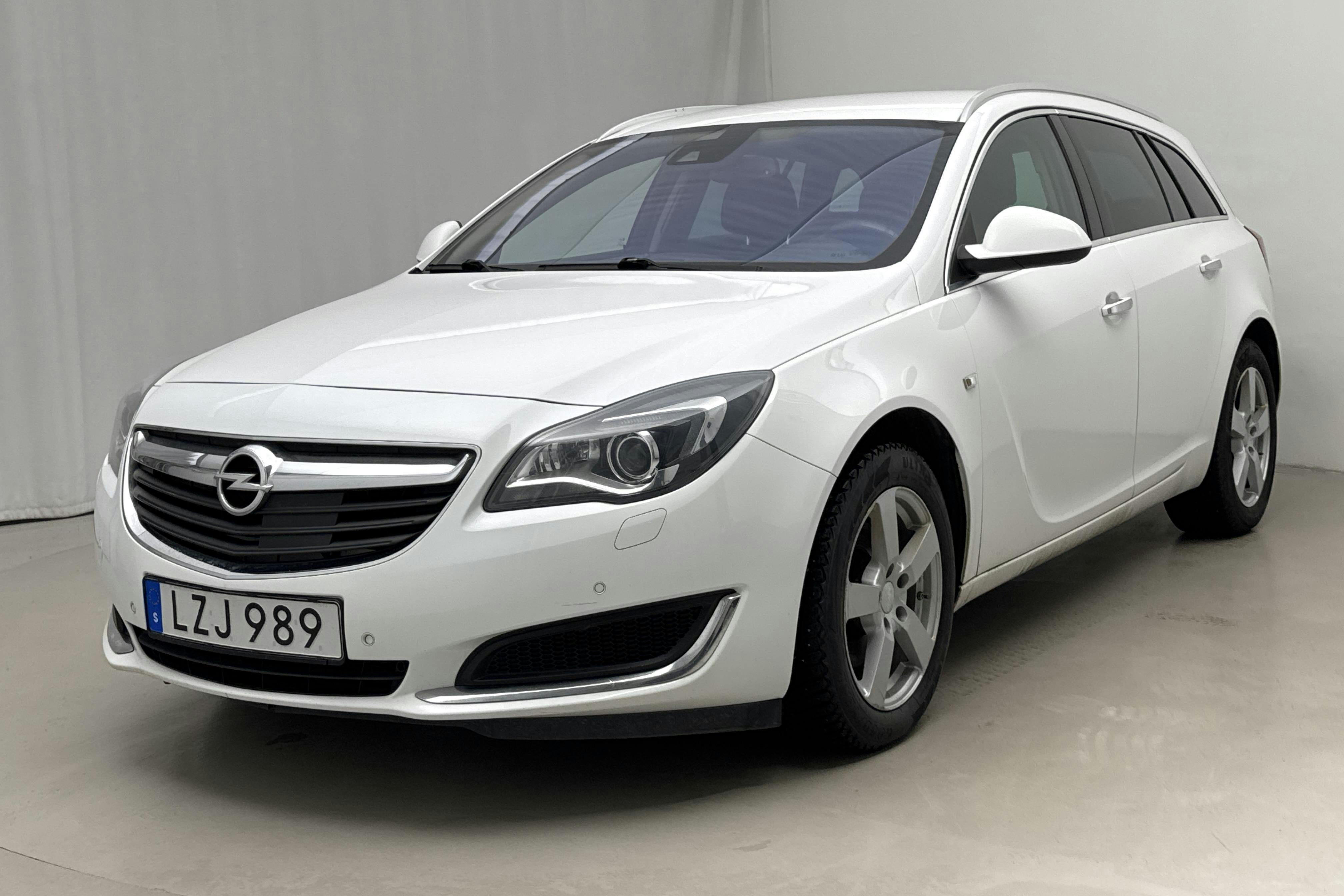Used Opel Insignia – Buy via auction or by fixed price
At Kvdcars we can help you sell or purchase a used Opel Insignia. At our online auctions last year we sold over 28,000 vehicles of which several were Opel Insignia. To make it simple and easy to sell your Opel Insignia is something we at Kvdcars know how to do. If you're thinking of selling your Opel Insignia on your own, you're in for a lot of time-consuming effort that we can take care of for you! Do you really want to wash and clean your Opel Insignia both inside and out, have the time to demonstrate your car for potential buyers and take care of all the advertising? Wouldn't you rather let Kvdcars handle the entire sales process including the paperwork? Let Kvdcars do all the work for you. We will conduct an extensive and reliable inspection, deliver your cars to its new owner and you won't have to wait to receive your payment safely and quickly.
- Nov 19New!

Opel Insignia
2.0 CDTI ECOTEC 4x4 Sports Tourer
2016194 390 kmDieselStarting price31 000 SEKWith financing264 SEK/month - Coming soon

Opel Insignia
2.0 ECOTEC 4x4 Sports Tourer
2014116 960 kmPetrolStarting priceComing soonOur valuation is on it’s way
The General Motor-owned brand Opel has for several periods in history made attempts to launch larger premium sedans, sometimes based on other GM cars that have gone over to get the Opel brand and some modifications in the European market. But the engine press just described Opel Insignia as a particularly successful model at the launch in 2008, the car was not only large and roomy but also kept a good quality of detail that allowed a higher price.
The first-generation Insignia was manufactured in the years 2008-2017 and is available as either combi or later. It is based on the same base plate as the middle class in the USA Chevrolet Malibu and the then Saab 9-5. While Malibu had a tough chassis, Saab 9-5 got a lot harder. Opel Insignia lies somewhere in the middle with an overweight towards the more typical German, more distinct, chassis setting and steering characteristics. Worth noting for the speculator for Opel Insignia is the update that came with the 2013 model year, it includes a redesigned interior and new front and rear (mainly bumper and headlights). The model is available with both petrol and diesel engines, of which the diesel engines are most common, especially for the early year models. The combination models hold a higher second-hand value than the sedan models, which is common for most brands in the Swedish market.
In 2017 came a brand new Opel Insignia that grew to the outside dimensions. The car is based on a best seller in China - Buick Regal, but with harder chassis and more direct steering (adapted for the European market). It is, like its predecessor, both as a sedan and a combination model, of which the combination is in the usual way most common in the Swedish market. The diesel engines of this generation are called "CDTI" while the petrol models are called "SIDI" with cylinder volume (engine size) specified in combination with these.
Hello! Do not hesitate to contact us if you have any questions.
Call, email or chat.